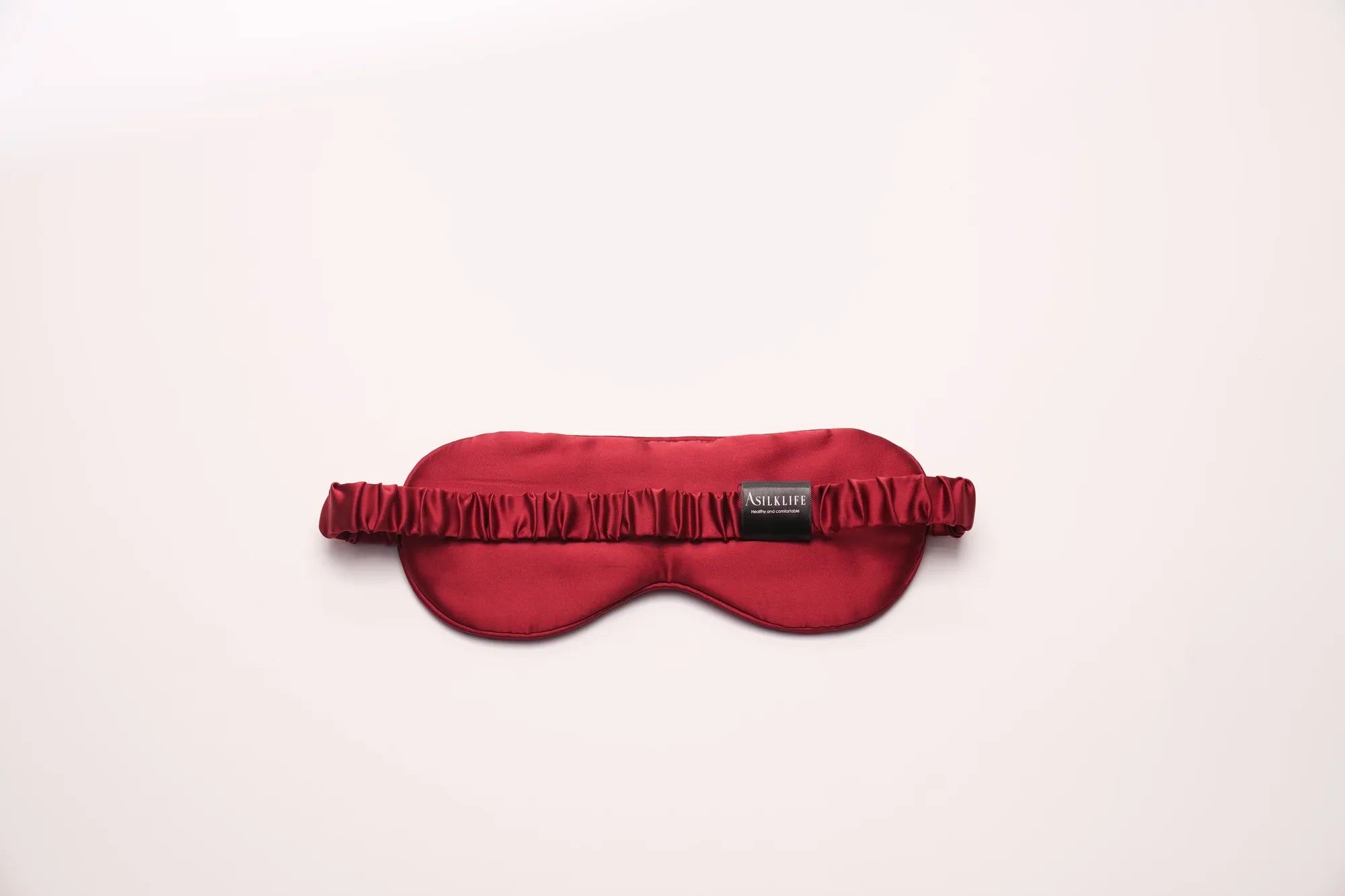Why Does My Silk Pillowcase Look Greasy? Unveiling the Causes and Solutions
- par {{ author }} wangfred
-

You slip into bed each night, expecting the smooth, cooling embrace of your silk pillowcase—only to wake up to an unpleasant, greasy texture. What went wrong? Silk, known for its delicate and luxurious feel, can sometimes lose its luster, leaving you wondering: Why does my silk pillowcase look greasy? Let’s dive into the hidden culprits and practical solutions to reclaim that silky-smooth experience.
The Science Behind Silk and Oils
Silk is a natural protein fiber produced by silkworms, and its structure is porous yet delicate. This porosity allows it to absorb substances easily—including the oils from your skin and hair. Over time, these oils accumulate, creating a greasy film. But oils aren’t the only offenders. Let’s break down the factors contributing to that unwelcome sheen.
Common Causes of a Greasy Silk Pillowcase
1. Natural Body Oils and Skincare Residues
Your skin and hair naturally produce sebum, an oily substance that keeps them moisturized. While sebum is beneficial for your body, it can transfer onto your pillowcase during sleep. Additionally, nighttime skincare products like creams, serums, or oils may not fully absorb, leaving residue on the fabric.
2. Washing Frequency and Techniques
Silk requires gentle care, and overwashing or underwashing can both lead to problems. Infrequent washing allows oils to build up, while harsh detergents or hot water can damage silk fibers, making them more prone to trapping grime.
3. Environmental Factors
Humidity, air pollution, and even the materials of your bedding layers can contribute to a greasy appearance. For example, a non-breathable mattress protector might trap moisture, accelerating oil absorption into the silk.
How to Fix and Prevent a Greasy Silk Pillowcase
1. Wash It Right
- Use a mild, pH-neutral detergent designed for delicate fabrics.
- Hand-wash in cold water or opt for a machine’s gentle cycle.
- Avoid bleach or fabric softeners, which degrade silk’s fibers.
2. Adjust Your Skincare Routine
Apply skincare products at least 30 minutes before bed to ensure absorption. If you use heavy oils or treatments, consider switching to lighter formulations or covering your pillowcase with a washable cloth.
3. Regular Maintenance Tips
- Flip your pillowcase every other night to distribute wear.
- Store silk in a breathable cotton bag to reduce exposure to dust and humidity.
- Spot-clean spills or stains immediately with a damp cloth.
When to Replace Your Silk Pillowcase
Even with meticulous care, silk pillowcases eventually wear out. If greasiness persists after thorough cleaning or the fabric feels rough, it may be time for a replacement. Look for high momme count silk (19+), which is denser and more resistant to oil absorption.
Your silk pillowcase should feel like a nightly luxury—not a sticky disappointment. By understanding the root causes of greasiness and adopting smarter care habits, you can extend its lifespan and enjoy the benefits of silk for years to come. Ready to say goodbye to that unwanted shine? Your dreamy, grease-free nights start tonight.












